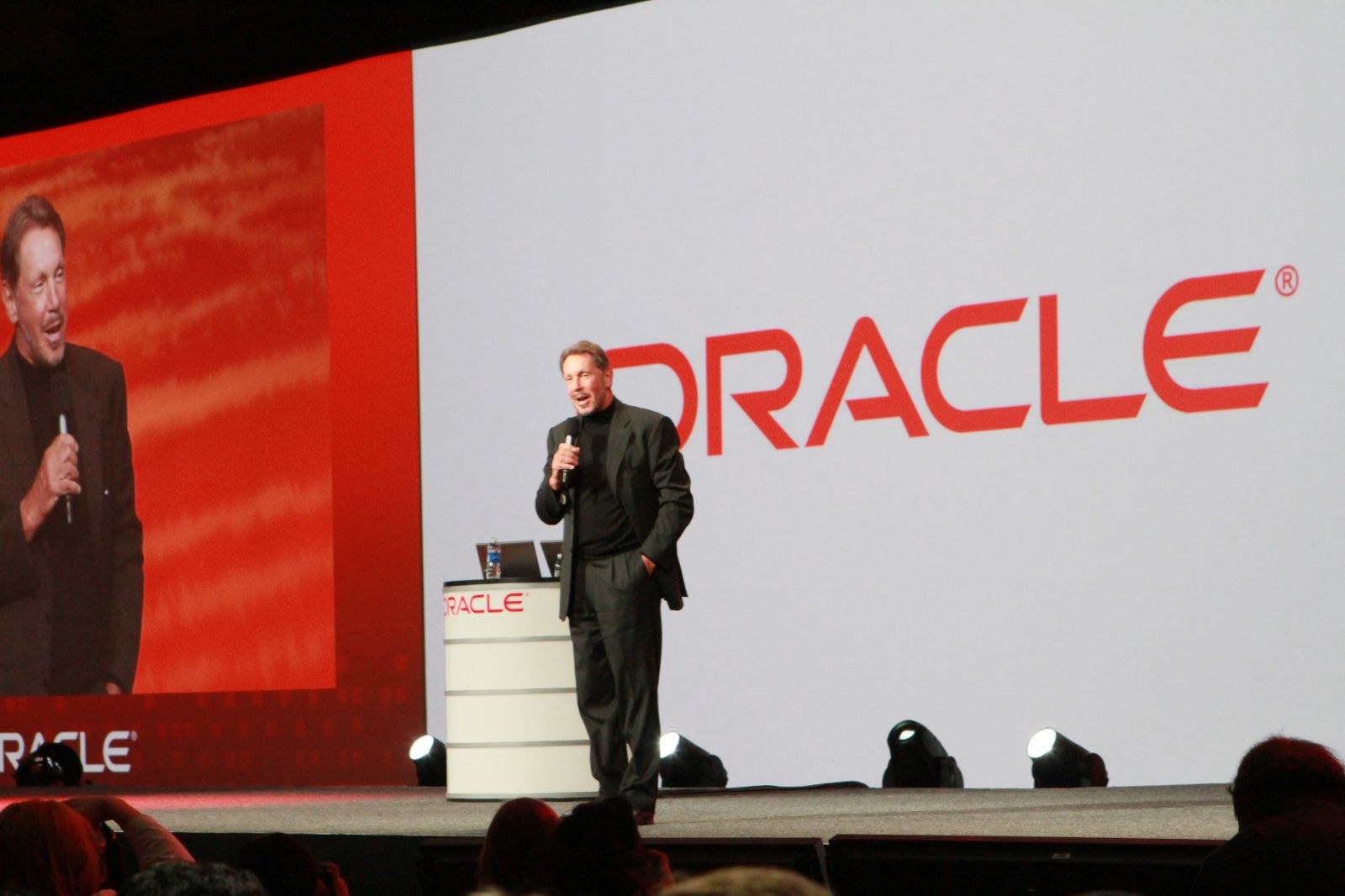Introduction
Oracle shocked the tech industry with a record $455 billion backlog, marking a 359% year-over-year surge. While tech giants focused on consumer chatbots and flashy demos, Oracle quietly built one of the most competitive enterprise AI infrastructures in the market.
Oracle's Unexpected Transformation
Oracle Cloud Infrastructure (OCI) represents the heart of this metamorphosis. The company projects $18 billion in revenue this fiscal year, a 77% jump positioning Oracle for even more aggressive growth. The four-year roadmap envisions OCI revenue expanding from $32 billion to $144 billion by fiscal 2030.
Oracle's distinctive strategy goes beyond offering generic compute power. The company has embedded leading language models directly into its database architecture. ChatGPT, Google Gemini, and even Elon Musk's Grok operate natively within Oracle's ecosystem, creating AI at the data layer.
The Revolutionary Multi-Cloud Approach
Oracle has embraced partnerships with traditional competitors: Amazon Web Services, Microsoft Azure, and Google Cloud. This multi-cloud strategy, once unthinkable for the notoriously independent software giant, has proven essential for winning major AI infrastructure deals.
Modern enterprises don't want vendor lock-in, and Oracle recognized that playing well with others would be crucial. Many contracts driving the massive backlog involve multi-cloud deployments where Oracle provides specialized AI database services alongside hyperscaler compute resources.
The Numbers Behind the Transformation
Oracle's RPO surge reflects a broader enterprise trend toward production-scale AI deployment. Unlike experimental AI projects from 2023-2024, these contracts represent AI initiatives moving from pilot programs to operational infrastructure.
Oracle's success has created ripple effects across the AI ecosystem. The earnings announcement boosted semiconductor stocks, with Nvidia and other AI chip manufacturers gaining on expectations of increased infrastructure demand.
Impact on the Cloud Wars
Oracle's emergence as a credible AI infrastructure provider reshuffles competitive dynamics that have defined cloud computing for the past decade. AWS, Microsoft Azure, and Google Cloud Platform have dominated through scale and breadth of services. Oracle bets that specialization, particularly in AI-native database infrastructure, can carve out a defensible niche in this massive market.
Conclusion
Oracle has positioned itself at the center of enterprise AI adoption after years of watching younger companies capture the cloud computing narrative. The massive backlog provides a solid foundation, but converting those contracts into sustainable growth will require flawless execution. If Oracle can successfully fulfill its AI infrastructure commitments, it could validate a new model for enterprise cloud services where deep specialization trumps generic scale.
FAQ
What is Oracle's $455 billion backlog?
The backlog represents actual enterprise contracts for AI infrastructure, not speculative cloud credits or promotional deals.
How does Oracle integrate AI into databases?
Oracle embedded language models like ChatGPT, Gemini, and Grok directly into database architecture, enabling native AI at the data layer.
What is Oracle's multi-cloud strategy?
Oracle partners with AWS, Azure, and Google Cloud to provide specialized AI database services in enterprise multi-cloud deployments.
How much will Oracle Cloud Infrastructure grow?
OCI should generate $18 billion in 2024 and grow to $144 billion by 2030 according to company roadmap projections.
Why do enterprises choose Oracle for AI?
Oracle allows running AI inference on private data without exposing it to third-party services, keeping everything in-house with advanced AI capabilities.
How did markets react to Oracle's results?
Oracle stock surged 27% after-hours and semiconductor stocks gained on expectations of increased infrastructure demand.
